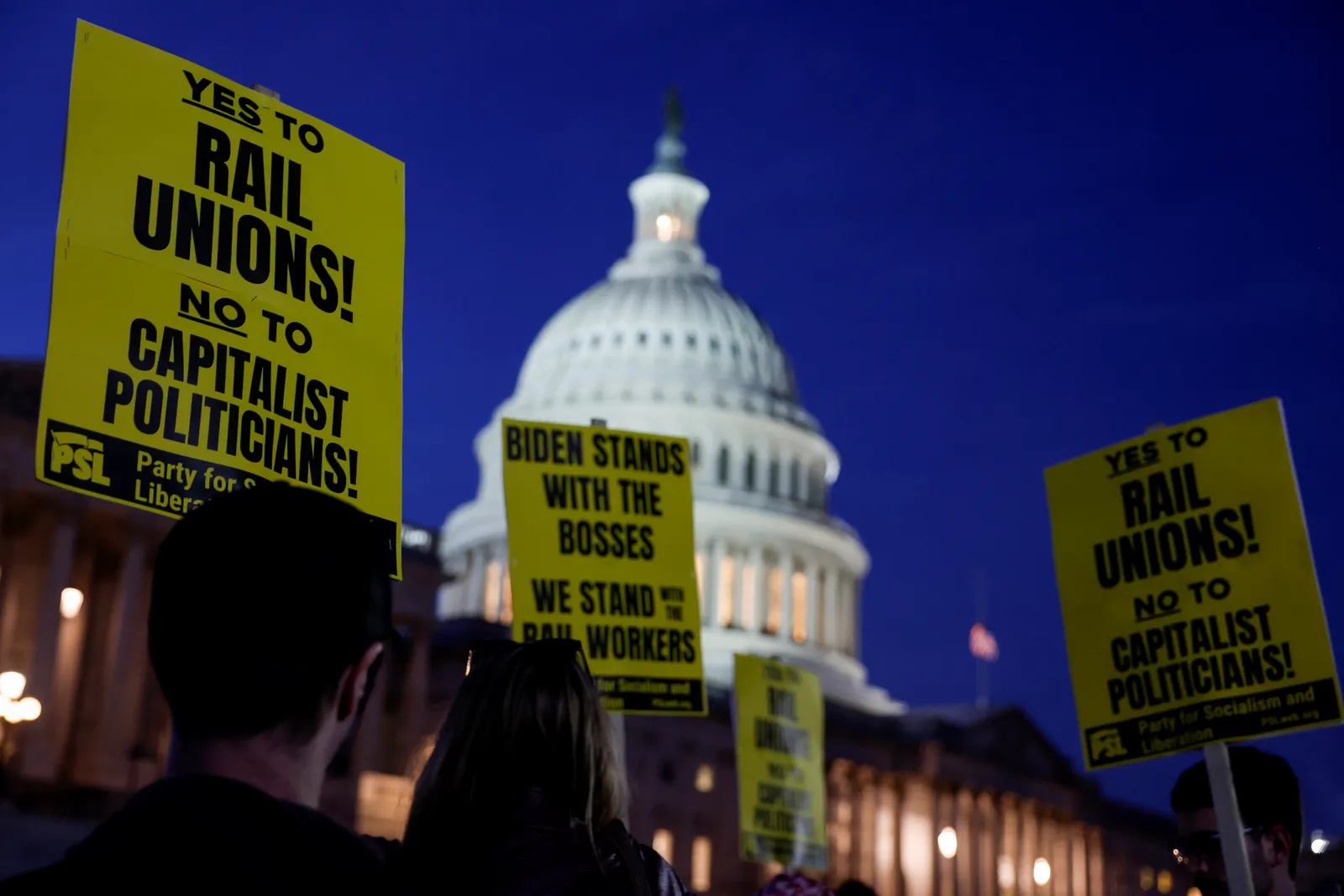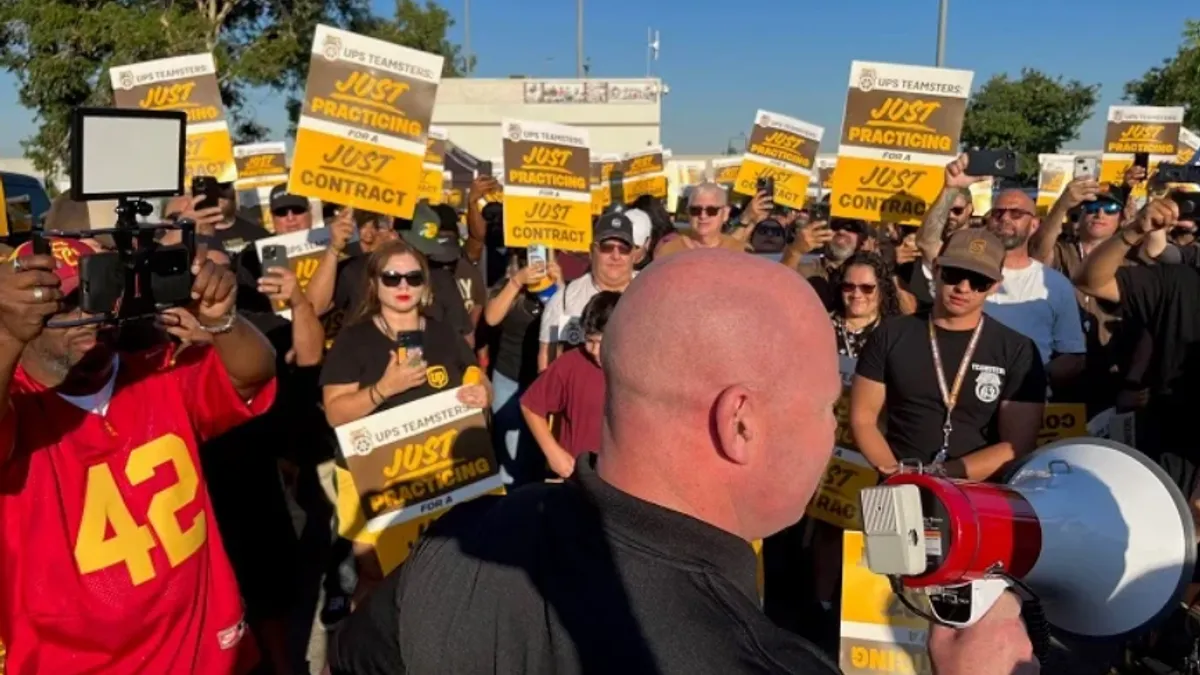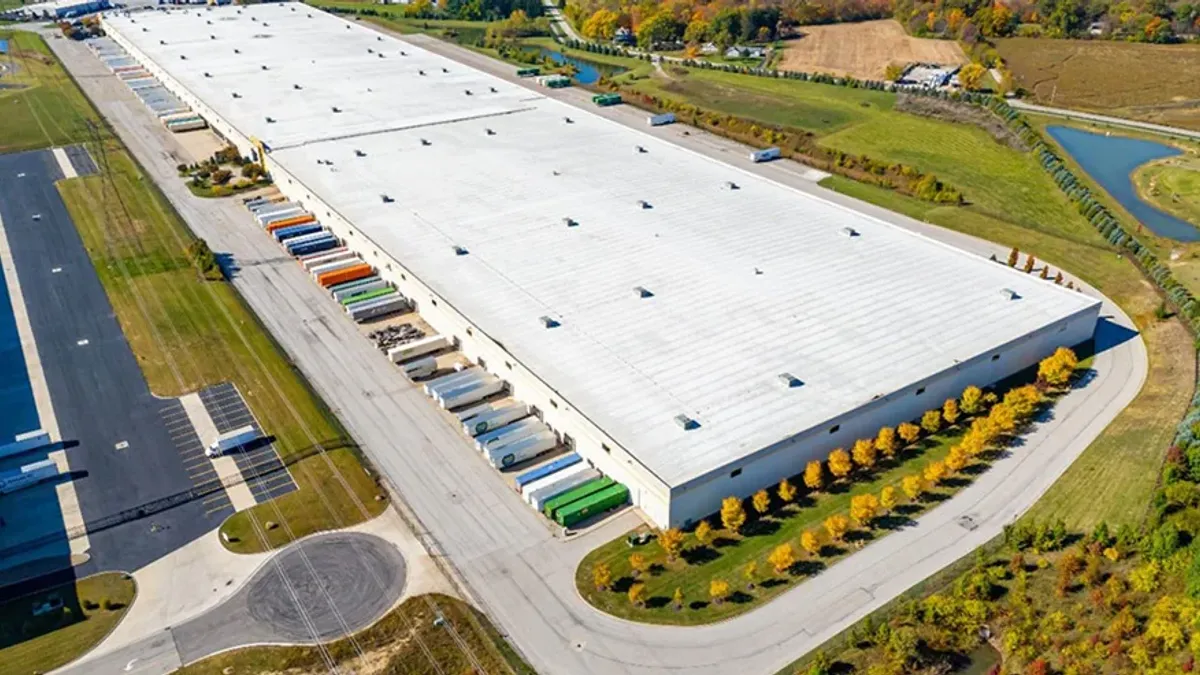An extended stretch of labor unrest has sowed uncertainty throughout transportation modes, adding further incentive for shippers to firm up their supply chain contingency plans.
From disruptions at West Coast ports in the U.S. and Canada to UPS and Yellow's dust-ups with the International Brotherhood of Teamsters, disputes between unions and employers have been a recurring threat to the steady flow of goods in recent months. They've sparked container backlogs, shifts in carrier mix, and pleas for quick resolutions as companies battle-tested by the COVID-19 pandemic work to minimize risk.
Labor disputes aren't a new hurdle for supply chains, and each employer-union clash has its own unique blend of history and demands attached to it. But one particular factor exerts a strong influence over recent conflicts: Workers are seeking much stronger pay, benefits and protections in new deals they believe are appropriate for the sacrifices they made during the pandemic and amid current inflationary pressures.
Strike threats and other labor actions are hitting supply chains as workers across industries seize power during what's been dubbed a "Hot Labor Summer." Unionized TV and film writers, hotel and hospitality employees, and auto workers have been among those pushing employers for better pay, protections and working conditions.
"The question is, is this a movement or a moment?" said Mark Gaston Pearce, executive director of the Workers' Rights Institute at Georgetown University Law Center and former chairman of the National Labor Relations Board.
Pandemic's long tail, economic growth empowers unions
Brandy Harris, a part-time UPS employee in Seattle, recalls the around-the-clock work involved to keep packages flowing when volume surged in the pandemic's early days. While other businesses shut down, UPS workers helped deliver vaccines and protective gear to fight against COVID-19's spread.
Three years after the pandemic first took hold, the Teamsters — which represent around 330,000 UPS employees — won a "historic" tentative contract agreement with UPS. Harris, part of the union's negotiating committee for UPS contract discussions, endorsed the deal that came days before the existing five-year contract’s expiration.
"It was something that we had been fighting for a long time," Harris said of the tentative agreement, which averted a potential strike. "After COVID, we really wanted to see some respect from the company."
Other employer-union contract battles have emerged since 2022 as a flood of existing agreements have approached their expiration dates. These include talks on deals covering U.S. West Coast dockworkers, rail workers, FedEx Express pilots, TForce Freight workers, Sysco drivers, Boeing supplier Spirit AeroSystems and railroad equipment manufacturer Wabtec.

The timing of these negotiations generally favors labor unions, according to Todd Vachon, an assistant professor at Rutgers' School of Management and Labor Relations. Despite challenges with inflation, the U.S. economy has shown strength with a low unemployment rate and consumers continuing to spend.
"You're always in a better position as a union if you're coming into bargaining during a strong labor market with low unemployment and economic growth chugging along," Vachon said.
While established union workforces are securing new contracts, other employee groups in the transportation sector are organizing.
More than 1,100 DHL Express workers at Cincinnati/Northern Kentucky International Airport voted to join the Teamsters in April. Drivers and dispatchers at an Amazon delivery contractor, Battle-Tested Strategies, organized with the Teamsters and ratified a union contract that same month. But Amazon terminated its relationship with Battle-Tested Strategies, and the newly organized workers began a strike for reinstatement and contract recognition by Amazon that has been ongoing since June.
The Teamsters are still looking to unionize other employees involved in the logistics giant's network. Randy Korgan, director of the Teamsters Amazon Division, believes the time is ripe to do so.
"They're recognizing that their value is much greater today than it was pre-pandemic," Korgan said of logistics and transportation workers. "I think that is one of the things that the pandemic did: It gave a new awareness to the importance of the movement of goods. I feel as if they understand that now. Do they all understand what they can do with that?"
How shippers are mitigating labor disruptions
The push and pull in negotiations between employers and an empowered labor movement can — and has — cascaded into disruptive events for supply chains.
In June, labor issues led to a brief period of limited terminal operations at several U.S. West Coast ports amid contract negotiations between the Pacific Maritime Association and International Longshore and Warehouse Union. Strike activity in July among workers at Canada's major ports in Vancouver and Prince Rupert caused import dwell times to surge and created a backlog of containers, according to project44.
Strike at Port of Vancouver leads to cargo delays
Just the threat of a strike can advance a company’s demise.
Yellow Corp. filed for bankruptcy this month after a strike threat over missed pension payments added further incentive for shippers to continue diverting freight volumes from its network. The third-largest U.S. LTL carrier had resorted to suing the Teamsters in June for delaying its proposed network overhaul.
Although shippers will need to adjust to the fall of a major transportation provider, many have experience making tweaks in the face of supply chain disruptions since the pandemic.
Diverting cargo to East Coast ports was one notable tactic businesses employed last year during contract negotiations at West Coast ports. Many shippers have also tapped into a more varied carrier mix since the capacity constraints of 2020 and 2021, reducing their exposure to disruptions at a particular carrier.
"I think the days of sole sourcing, while they're not going to be gone, they are certainly looked at with more scrutiny," said Spencer Shute, principal consultant at Proxima.
Investments in technology like digital twins to analyze certain scenarios and keeping safety stock to avoid inventory shortfalls can also help shippers' efforts to mitigate disruptions, said Brad Hulbert, sourcing and supply chain consulting director at Grant Thornton. However, those approaches require a certain level of investment and time, and companies may not realize it's worth it before the next shock — be it a strike, a labor shortage or something else — occurs.
"It's really bad to say, but that's what it takes sometimes," Hulbert said. "Somebody has to get punched in the gut to really understand this is a priority, even though it might not seem like it at face value."






















